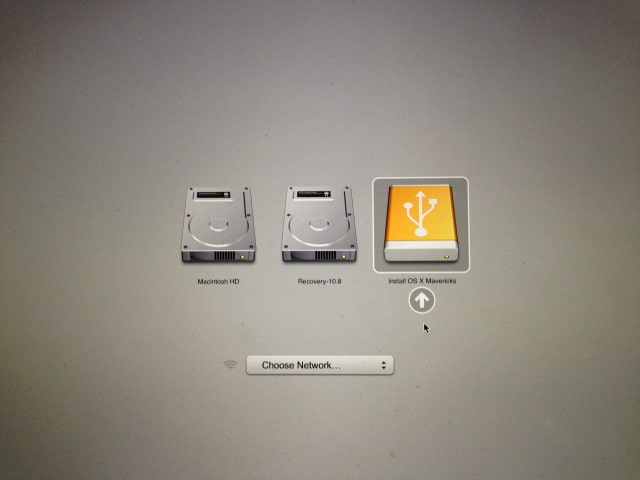
Restoring or using the InstallESD.dmg file does not work as before, but it is entirely possible that there is another way.

Development method: Create a bootable OS X 10.9 Mavericks Installer This is no longer necessary as the above steps will greatly simplify the process, but we will retain the original instructions as they will still apply to specific users and specific needs. This works best with the final version of Mavericks, which is available in the App Store for all users:Īlternatively, you can use the original more advanced method as described below. This is a new simplified method based on the ‘createinstallmedia’ command.

Simplified method: Create an OS X Mavericks boot disk We will use a USB flash drive for the purpose of this traversal, but an external hard drive should work as well.

You need an OS X Mavericks (apparently) and an 8GB (or more) USB drive that you don’t want to format.

It’s not too complicated, just a little time consuming.īefore you begin, make sure the Mac on which you want to install Mavericks meets the 10.9 system requirements. Note that some users who have encountered the -9999 error while trying to use the easier approach mentioned above may be able to resolve the issue by using the complex method below.īut unlike the previous OS X installation drives, the process is a little different with Mavericks and requires extra steps for the installer to actually act as a bootable installation disk. The method below still works, but for most users it is better to use this simpler method. Update: Creating an installation drive is easier with the final version of the OS X Mavericks in the Mac App Store.


 0 kommentar(er)
0 kommentar(er)
